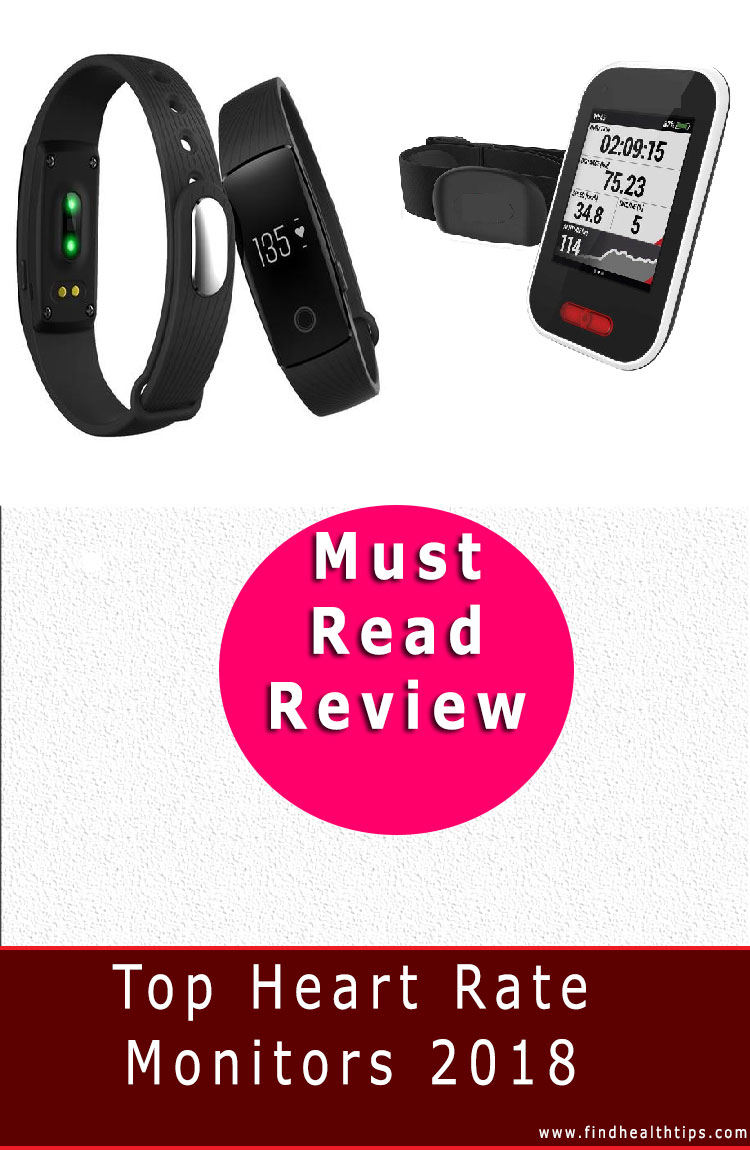

On the contrary, ILRs are good diagnostic tools, but the cost and invasive procedure of implantation make the tool less acceptable for both patients and healthcare systems. While cardiac implantable electric devices (CIEDs) are a source of valuable data, they are not a diagnostic option in the general population for obvious reasons. The most precise data on AF prevalence in stroke survivors come from studies in pacemaker/implantable cardioverter-defibrillator (ICD) patients and from studies utilizing implantable loop recorders (ILRs). It is well recognized that the longer the time of monitoring is, the higher the prevalence of detected arrhythmic episodes. Despite current guidelines recommending >48–72 h recording for AF screening after stroke, a 12-lead electrocardiogram (ECG) and 24 h Holter monitoring is a routine screening tool in stroke survivors. Ĭonsidering AF is a leading preventable cause of recurrent stroke, detection of AF after cryptogenic stroke is crucial for further therapy and prognosis. Other supraventricular arrhythmias, including multiple PACs and particularly short supraventricular tachycardia (SVT) runs, seem to be an important predictor of AF and recurrent stroke.

Paroxysmal AF is often asymptomatic and is likely to be undetected in patients with ischemic stroke. The prevalence of AF in cryptogenic stroke population ranges from below 10% to >25% depending on the timing, duration, and method of monitoring.

Recent studies show that in many cases of cryptogenic ischemic stroke (CIS), the cause is attributable to silent atrial fibrillation (silent AF). ELR should, therefore, be considered in every patient in whom a cardioembolic mechanism is suspected. Conclusionsįollowing acute stroke or TIA, ELR identified patients with AF, which remained undetected with standard ECG and with Holter. Holter disclosed AF in 5% of patients with a normal standard ECG (7/139 patients), whereas ELR detected AF in 5.7% of patients with a normal standard ECG and normal Holter (5/88 patients). Standard ECG identified AF in 2.7% of the cases at admission (4/149 patients) and in 4.1% of remaining patients within 5 days (6/145). Patients with previously documented persistent AF, with primary hemorrhagic stroke, or with acute large vessel dissection were not included in the study. In the absence of AF on standard ECG, patients underwent 24-hour ECG recording (Holter), which was followed by a 7-day ambulatory ECG monitoring (ELR) in patients with a normal Holter. One hundred forty-nine consecutive patients admitted to our neurology department with an acute stroke or TIA were systematically screened for emboligenic arrhythmias using standard ECG. In this study, we hypothesized that 7-day ambulatory ECG monitoring using an event-loop recording (ELR) device would detect otherwise occult episodes atrial fibrillation and flutter (AF) after acute stroke or transient ischemic attack (TIA).
#7 day heart monitor full
Download full article: Background and PurposeĪlthough atrial fibrillation is the most frequent cause of cardioembolic stroke, this arrhythmia remains under diagnosed, as it is often asymptomatic or intermittent and, thus, may not be detected on standard 12-lead ECG or even 24-hour ECG recording (Holter).


 0 kommentar(er)
0 kommentar(er)
